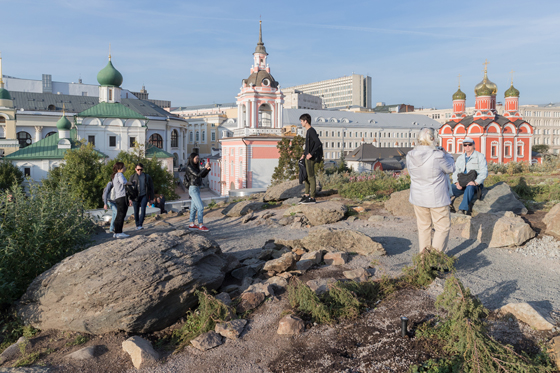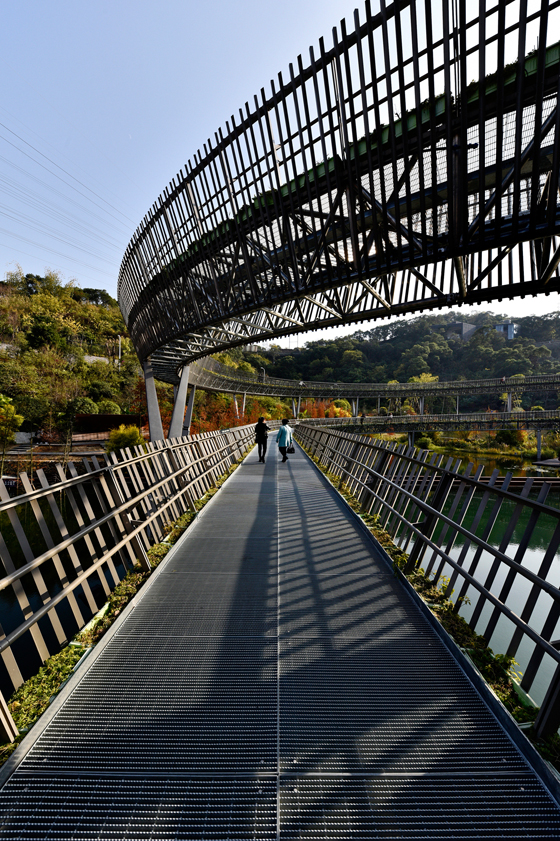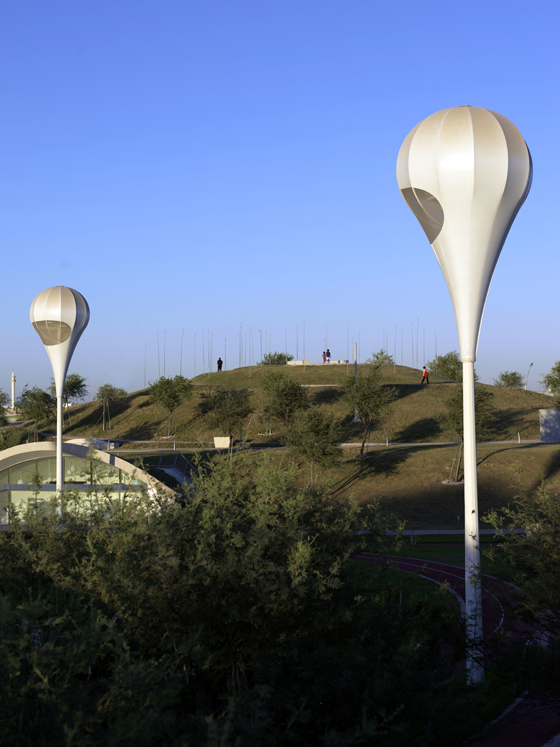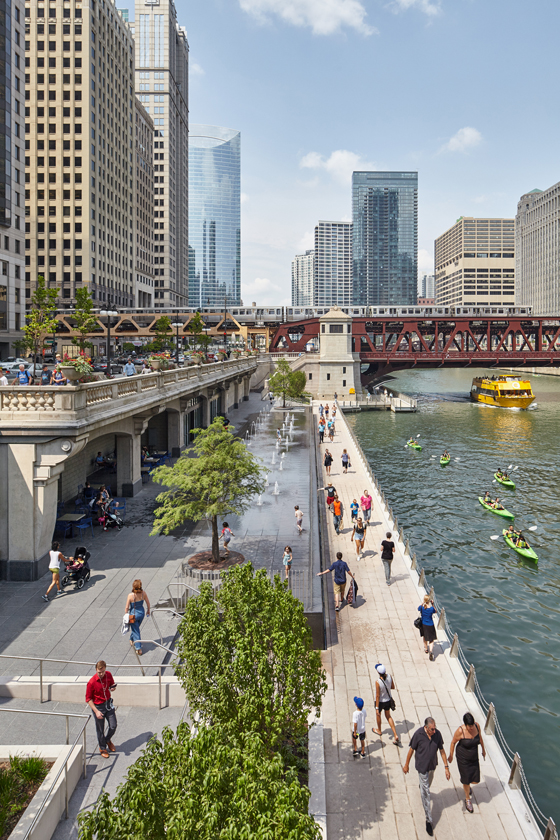The new naturists: cities go greener
Text by Peter Smisek
18.06.18
Urban greening projects are breathing new life into global cities by opening up public access to previously underused civic spaces.
LOOK Architects’ steel-grated walkway for the China Fuzhou Jin Niu Shan Trans-urban Connector allows natural light to reach the ground plane so low-lying plants can thrive. Photo: Zhou Yue Dong ©LOOK Architects Pte Ltd
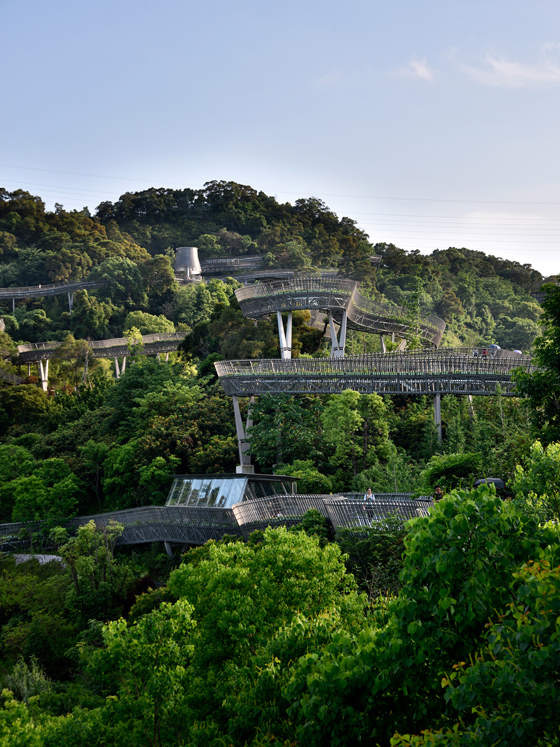
LOOK Architects’ steel-grated walkway for the China Fuzhou Jin Niu Shan Trans-urban Connector allows natural light to reach the ground plane so low-lying plants can thrive. Photo: Zhou Yue Dong ©LOOK Architects Pte Ltd
×The regeneration of New York's Highline seems to have kickstarted a renaissance in urban greening; cities all over the world are looking to open up formerly vacant, underused land into green public space for the benefit of their citizens.
Zaryadye Park in Moscow was designed by American practice Diller Scofidio + Renfro in collaboration with Hargreaves Associates and Citymakers. It occupies the former site of Europe's largest hotel, demolished in 2007, on the banks of the Moskva River. Providing an informal counterweight to the monumentality of the adjacent Red Square and the Kremlin, the park celebrates Russia's four famous natural landscapes – tundra, steppe, wetlands and forests – while providing a number of integrated urban facilities and a dramatic, V-shaped path suspended out over the river.
The first large-scale park in Moscow to be built for more than 50 years, Diller Scofidio + Renfro's Zaryadye Park is a prime example of urban greening on a brownfield site. Photos: Iwan Baan, Courtesy of Diller Scofidio + Renfro

The first large-scale park in Moscow to be built for more than 50 years, Diller Scofidio + Renfro's Zaryadye Park is a prime example of urban greening on a brownfield site. Photos: Iwan Baan, Courtesy of Diller Scofidio + Renfro
×Similarly, many cities in China are also constructing urban greening projects of their own. In Fuzhou, Singapore-based LOOK Architects have completed the Jin Niu Shan Trans-Urban Connector, a series of elevated paths that connect the city with the forests beyond. This network of winding walkway is over 19 kilometres long and criss-crosses a heavily wooded hillside at the level of the canopy. The pathway opens up views over the city, but more importantly the site itself, which, as it consists of military land and cemeteries, has been largely closed off to the general public.
LOOK Architects' design of the walkway is based on a maximum 1:16 gradient, making it accessible to the disabled, cyclists and parents with prams, ensuring a truly inclusive urban greening project. Photos: Zhou Yue Dong ©LOOK Architects Pte Ltd
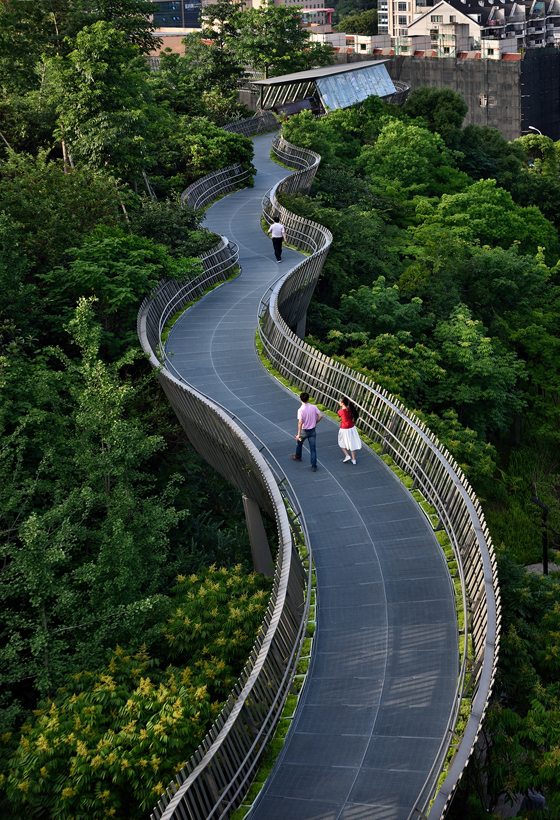
LOOK Architects' design of the walkway is based on a maximum 1:16 gradient, making it accessible to the disabled, cyclists and parents with prams, ensuring a truly inclusive urban greening project. Photos: Zhou Yue Dong ©LOOK Architects Pte Ltd
×Of course, it's not alway possible to simply reclaim existing landscapes. In AECOM's Oxygen Park in Qatar's Education City quarter, urban greening involved creating a new green oasis in the hot desert climate. Here the architects have may taken cues from the sinuous desert morphology, and created gently looping paths as well as steeper inclines, and introduced planting, canopies, gently enveloping tunnels and water features, all of which create places of respite for park goers. To top it all off, balloon-shaped lighting adds a touch of the surreal, creating an almost magical landscape.
AECOM's Oxygen Park was designed with exercise in mind, and provides ample spaces for jogging, offering an attractive alternative to indoor gyms. Photos: Markus Elblaus
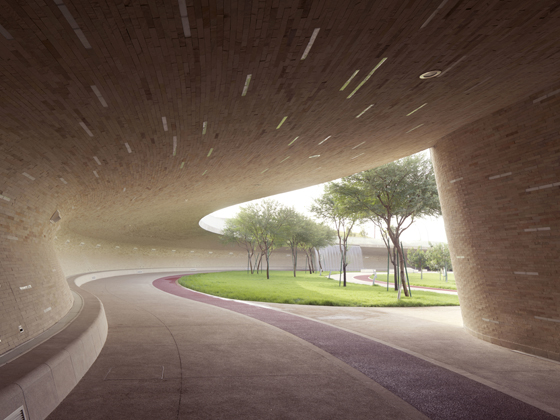
AECOM's Oxygen Park was designed with exercise in mind, and provides ample spaces for jogging, offering an attractive alternative to indoor gyms. Photos: Markus Elblaus
×Finally, Chicago Riverwalk, designed by Ross Barney Architects, is a an example of urban greening that largely involves the other urban colour: blue. Built over more than a decade, the project opened up the Chicago River bank, previously seen as "the city's backyard", to inhabitants and visitors alike. Featuring floating gardens, a continuous walking path, and jetties jutting out into the water, the design integrates a number of facilities including bars and kayaking facilities. At one point, wide steps to street level help to create a river 'theater' and elsewhere the integration of the monument to Chicago's Vietnam Veterans within the project provides a meaningful place of reflection in the middle of the Windy City.
Ross Barney Architects' Chicago Riverwalk recently won the Urban Land Institute's Global Excellence Award 2017-2018 for its innovative and sensitive approach to urban greening. Photos: Kate Joyce Studios
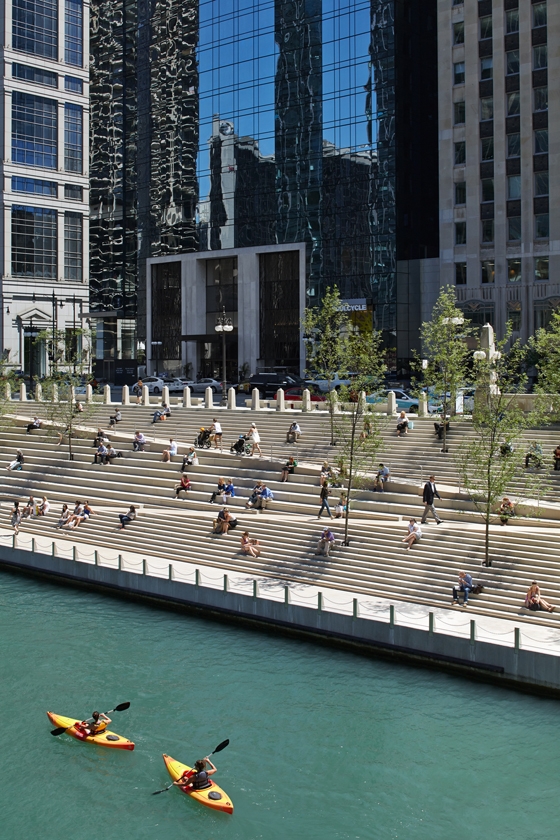
Ross Barney Architects' Chicago Riverwalk recently won the Urban Land Institute's Global Excellence Award 2017-2018 for its innovative and sensitive approach to urban greening. Photos: Kate Joyce Studios
ש Architonic





